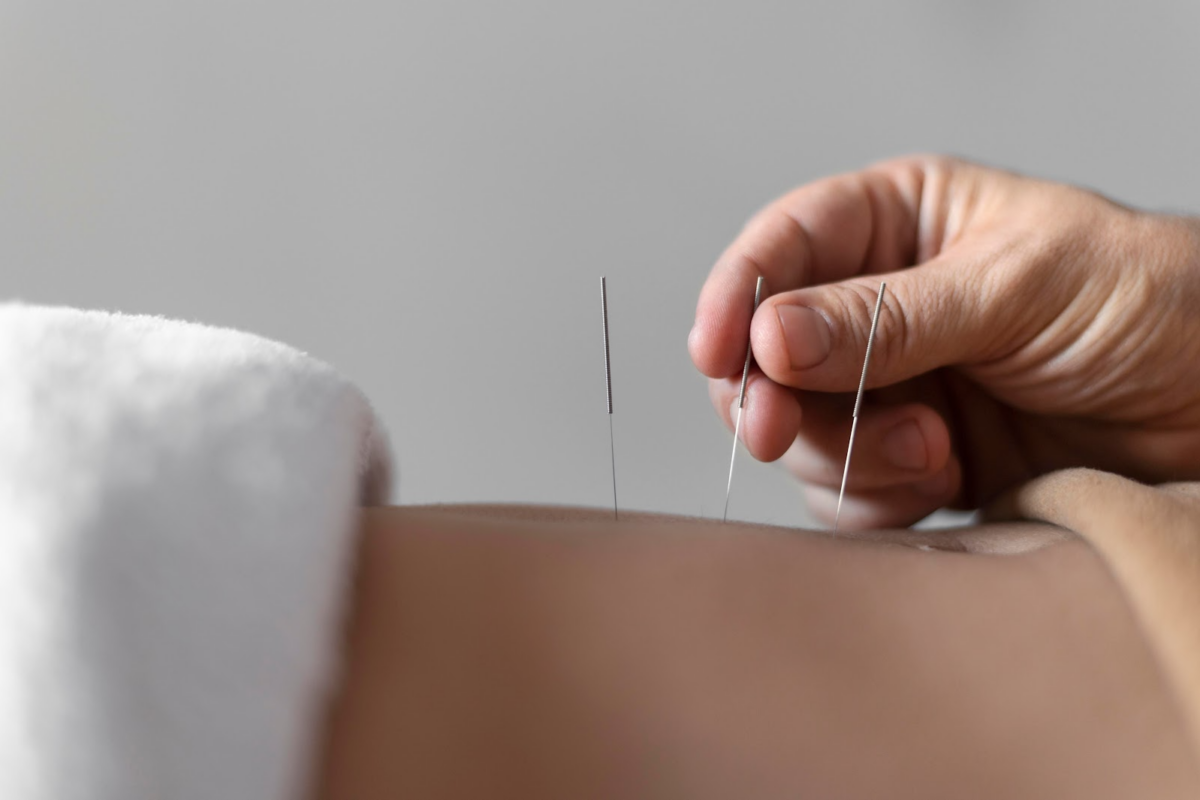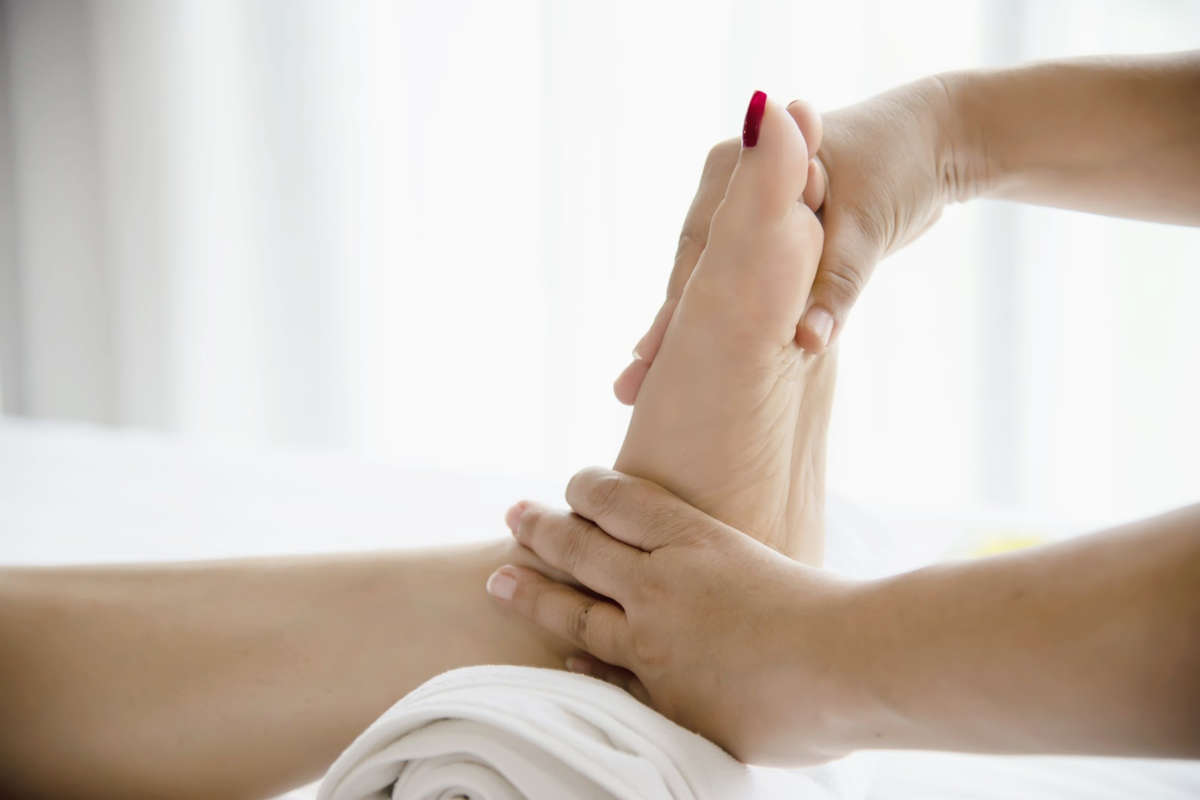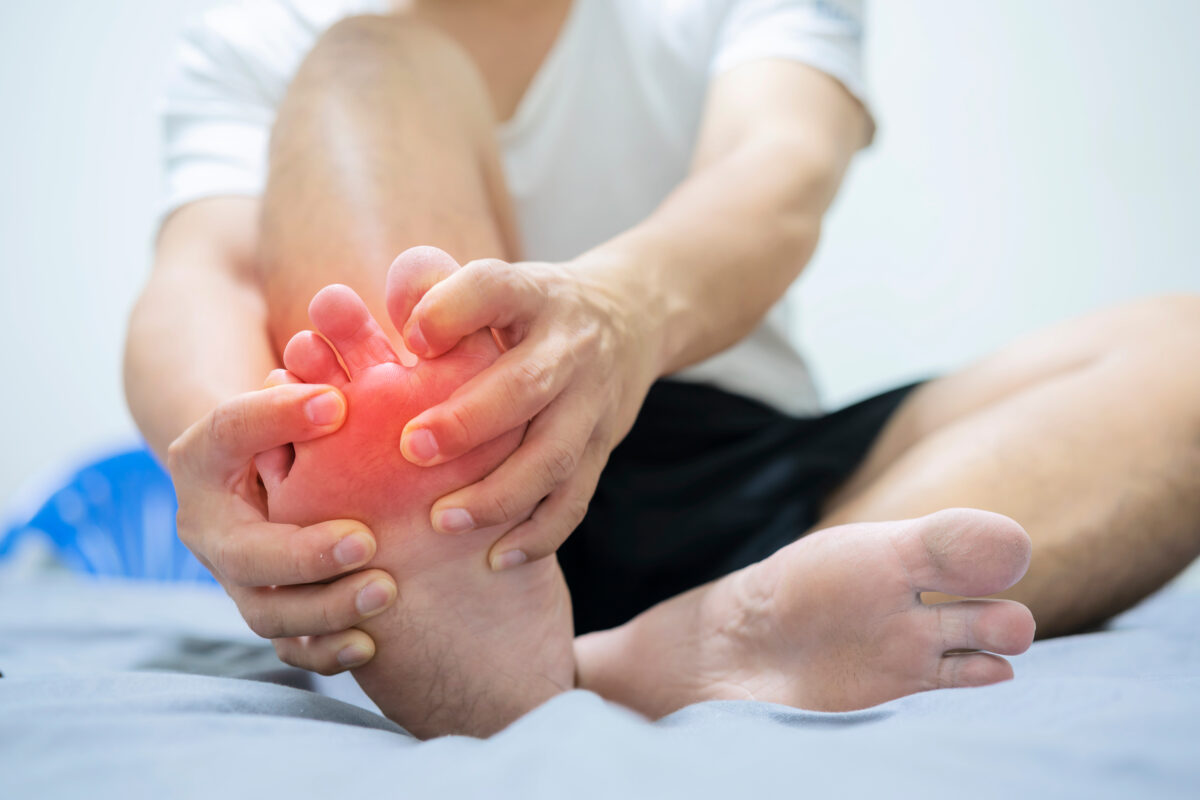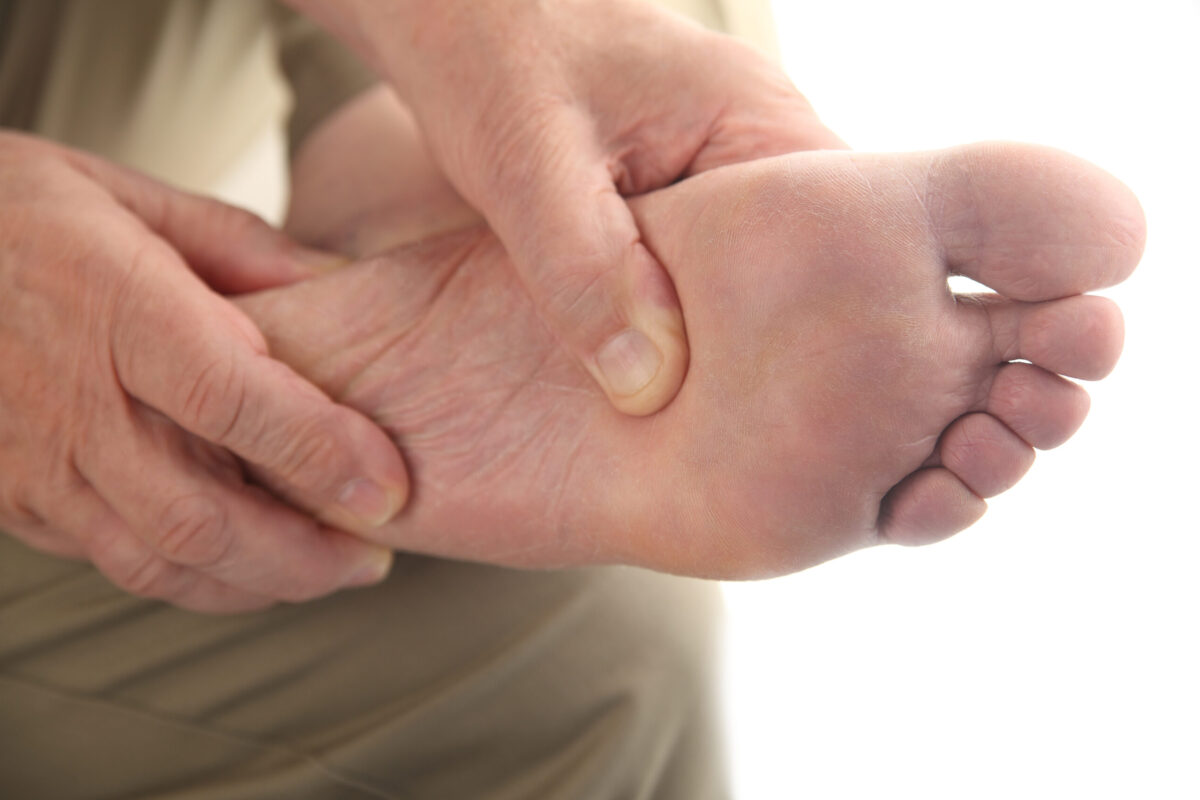If you’re looking for alternative treatment methods to address chronic foot pain, then acupuncture may be the one for you. It’s a form of traditional Chinese medicine that uses thin, sterile needles to prick multiple acupuncture points in the body.
These tiny needles stimulate the body’s nervous system and release endorphins to reduce pain and manage symptoms.
When done by a licensed acupuncturist, acupuncture helps alleviate pain and provide immediate relief to your foot muscles.
Let’s learn about acupuncture and foot pain by discussing how it works and the different treatment methods available.
Understanding Acupuncture and Foot Pain
Conventional treatments for foot pain often include medications, physical therapy, orthotics, and sometimes surgery. However, acupuncture offers a complementary approach to treating numerous foot conditions. These are:
- Plantar fasciitis: Plantar fasciitis is a condition wherein the plantar fascia ligament is inflamed. This causes uncomfortable heel pain when running or walking.
- Heel spurs: Bony growths on the underside of the heel bone, often associated with plantar fasciitis pain.
- Arthritis: Inflammation of the joints, which can affect the feet and cause pain, swelling, and stiffness.
- Bunions: Bony bumps that form on the joint at the base of the big toe, causing pain and swelling.
- Morton’s neuroma: Thickening of tissue around a nerve leading to the toes, often causing pain and numbness between the third and fourth toes.
- Achilles tendinitis: Inflammation of the Achilles tendon, often due to overuse or tight calf muscles.
Although acupuncture is considered alternative medicine, it focuses more on the patient’s holistic health rather than just the symptomatic treatment itself.
Compared to standard treatments, acupuncture offers a compelling option for people who wish to alleviate foot pain without any notable side effects.
What Are the Benefits of Acupuncture for Foot Pain?
Acupuncture offers plenty of benefits for patients suffering from chronic foot pain. These are:
Immediate Pain Relief
When acupuncture needles are inserted into specific points of the body, they trigger the nervous system to release these chemicals, thus relieving pain and inducing a sense of well-being.
Endorphins work by binding to opioid receptors in the brain. This helps to block pain signals and provide immediate pain reduction in the affected area.
Improved Blood Circulation
One of the main benefits of acupuncture is it improves blood circulation throughout the body.
Poor blood flow delays healing and deprives muscle tissues of nutrients. Acupuncture addresses this by dilating blood vessels and increasing the flow of oxygen and nutrients from the bottom of the foot and back to the heart.
Since more oxygen gets delivered to the muscle tissues, the affected area starts to heal rapidly. This process then reduces swelling and provides relief from chronic pain.
Stress Reduction and Relaxation
In traditional Chinese medicine, acupuncturists focus on balancing the energy in the body, known as “qi.” This life force, as they call it, is responsible for maintaining the body’s overall health.
When there’s an imbalance in qi, it means there are blockages that interfere with its flow, thus causing stress, illness, and poor health.
Acupuncture aims to get rid of these blockages by pricking the skin with sterile needles and restoring the flow of qi in the body.
As such, patients who undergo acupuncture benefit from greatly reduced stress levels and experience a relaxing feeling after the procedure.
Improved Mobility and Function
Regular acupuncture treatments can improve mobility and function in individuals suffering from foot pain.
The needles help relax tight muscles, target muscle spasms, and improve the range of motion in stiff joints. Since acupuncture stimulates the nervous system, patients can feel the immediate benefits of improved muscle coordination and strength.
This is particularly beneficial for individuals recovering from injuries or surgery, as improved muscle function and joint mobility are crucial for rehabilitation.
Minimal Side Effects
Unlike many pharmaceutical pain relief options, acupuncture has minimal side effects. When performed by a licensed and experienced practitioner, the risks are low, and the procedure is generally well-tolerated.
This makes acupuncture the ideal treatment for patients who wish to experience minimal side effects while undergoing recovery from foot pain.
What to Expect When Undergoing Acupuncture for Foot Pain?
Undergoing acupuncture for foot pain involves several steps and experiences. Here’s what you can generally expect:
Initial Consultation:
- The acupuncturist will ask a few questions about your symptoms and overall health.
- They’ll begin to examine your foot and other areas related to your pain to determine which acupuncture points to target.
Preparation:
- You will be asked to lie down on a treatment table and let you get comfortable for a few minutes. The acupuncturist will then clean the targeted areas with isopropyl alcohol.
Needle Insertion:
- Thin, sterile needles will be inserted into specific acupuncture points on your foot. These needles are as thin as human hair.
- It’s normal to feel a slight pinch or a tingling sensation when the needles are inserted, but it usually doesn’t hurt.
Relaxation:
- Once the needles are in place, you will typically rest for about 15-30 minutes. The acupuncturist may leave the room during this time.
- You may experience slight warmth or a mild aching sensation around the needles. This is normal and is a sign that the acupuncture treatment is working.
Needle Removal:
- The acupuncturist will gently remove the needles one by one.
- Once all the needles are removed, the acupuncturist may massage the area briefly.
Post-Treatment:
- You may feel relaxed or energized after the session. You’ll notice immediate relief from foot pain, while for others, it may take a few sessions to notice significant improvement.
- It’s advisable to drink water and avoid strenuous activity immediately after the treatment.
Follow-Up:
- Depending on the severity of your foot pain and your response to the treatment, the acupuncturist may recommend a series of sessions.
- They may also suggest lifestyle changes, exercises, or dietary adjustments to support your healing process.
3 Ways of Combining Acupuncture With Physical Therapy for Optimal Results
While acupuncture and physical therapy are two distinct modalities, many therapists successfully incorporate them together into patient care to achieve desirable outcomes.
Pain Management
Combining acupuncture and physical therapy is great for overall pain management.
Since acupuncture provides immediate pain relief, patients can take advantage of this by participating in physical therapy exercises. They’ll experience less discomfort and reap the benefits of both treatment methods.
This harmonious approach manages pain from multiple angles and provides greater pain relief than a single treatment.
Improved Recovery
Acupuncture speeds up healing by delivering oxygen and nutrients to muscle tissues. This process complements the goals of physical therapy by restoring your foot’s functionality.
Manual therapy techniques, including massage and joint mobilization, can reduce stiffness and enhance range of motion.
This means patients progress more quickly through their physical therapy programs and regain full mobility from their lower body faster.
Holistic Approach
Combining acupuncture and physical therapy can be highly beneficial for holistic health.
Acupuncture focuses on balancing the body’s energy and reducing pain, while physical therapy focuses more on the physiological side of recovery.
It’s a good idea to prioritize physiological treatment and complement it with alternative treatments like acupuncture to further amplify the healing effects of both properties.
As physical therapy addresses the mechanical and functional aspects of foot pain, acupuncture supports the body’s natural healing mechanisms.
Treat Your Foot Condition With Wellness and Pain’s Acupuncture Treatment
Wellness and Pain is one of the leading acupuncture clinics in New York and New Jersey. If you have chronic foot pain and are seeking a holistic treatment method, then acupuncture is for you.
Fill out this form or contact Wellness and Pain at (844)-588-3732.
FAQ About Acupuncture and Foot Pain
Is acupuncture painful?
Acupuncture is generally a pain-free experience. You’ll only experience a slight sensation when the needles are inserted.
How long is a typical acupuncture session?
A typical acupuncture session lasts 30 to 60 minutes, depending on the treatment area.
How many acupuncture sessions are there in a treatment plan?
A standard acupuncture treatment plan covers 6 to 8 sessions in a span of a few weeks.














